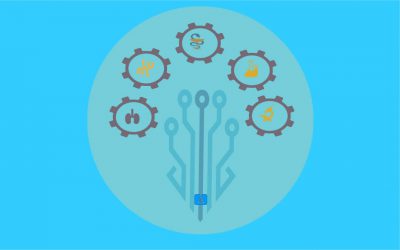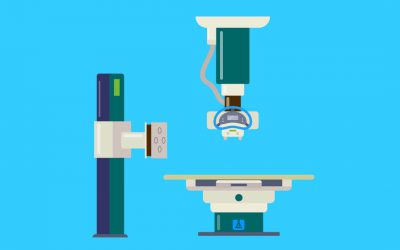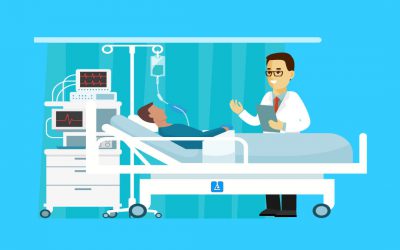We supply this lab as an integrated Lab system consists of multiple human skeletons, disarticulated, it also features full-sized muscular torso models, as well as arm and leg models for studying the muscles. The nervous system and special senses are represented by various models, including brain models, eye and ear models, and three-dimensional nervous system boards displaying the major body nerves as well as the necessary measurement instruments.
This lab provides essential knowledge of the terms, techniques, and procedures commonly performed in human physiology and anatomy laboratories and examines the structural and functional properties of neural system, Pulmonary and musculoskeletal systems, sensory physiology, endocrinology, urinary and digestive system. We can supply individual devices or as a complete turnkey system.
The lab system enables students to apply many experiments and activities that cover various topics in anatomy and physiology such as:
- Microscopic examination of cells, tissues, and organs
- Measurement of pulmonary functions
- Eyes and vision routine checkup
- Hearing routine checkup and vestibular apparatus
- Taste perception
- Structure of the musculoskeletal and cardiovascular systems
- Functional anatomy of the digestive system
- Gross anatomy and basic functions of the endocrine glands
- Gross anatomy of the urinary system and urinalysis
- Measurement of height, weight, body surface area, body fat, and waist
- Osmotic fragility and permeability properties of red blood cells
- Sampling of blood
- Measurement of erythrocyte sedimentation rate (ESR)
- Determination of the packed cell volume (PCV)
- White blood cell count
- Red blood cell count
- Measurement of the hemoglobin concentration
- Hematological indices
- Measurement of the bleeding time and clotting time
- Prothrombin time, activated partial thromboplastin time and fibrinogen time
- Identification of leucocytes and differential count
- Blood grouping
- Handgrip strength and fatigue time
- Nerve conduction study
- Instruments used in respiratory experiments graphic recording of respiration
- Measurement of lung volumes
- Chemical control of respiration
- Effect of exercise on ventilation
- Evaluation of the respiratory system
- Instruments used in cardiovascular practical
- Electrocardiogram
- Measurement of blood pressure
- Effects of posture and intrathoracic pressure
- Ischemic pain
- Plethysmography
- Effects of exercise on blood pressure
- Evaluation of the cardiovascular system
- Artificial respiration and cardiac resuscitation
- Effects of various factors on the flow of urine
- Measurement of metabolic rate
- Measurement of body temperature
- Examination of the peripheral nervous system
- Examination of the eye
- Tests for hearing
- Tests for chemical senses
- Visual and auditory evoked potentials
- Reaction time



